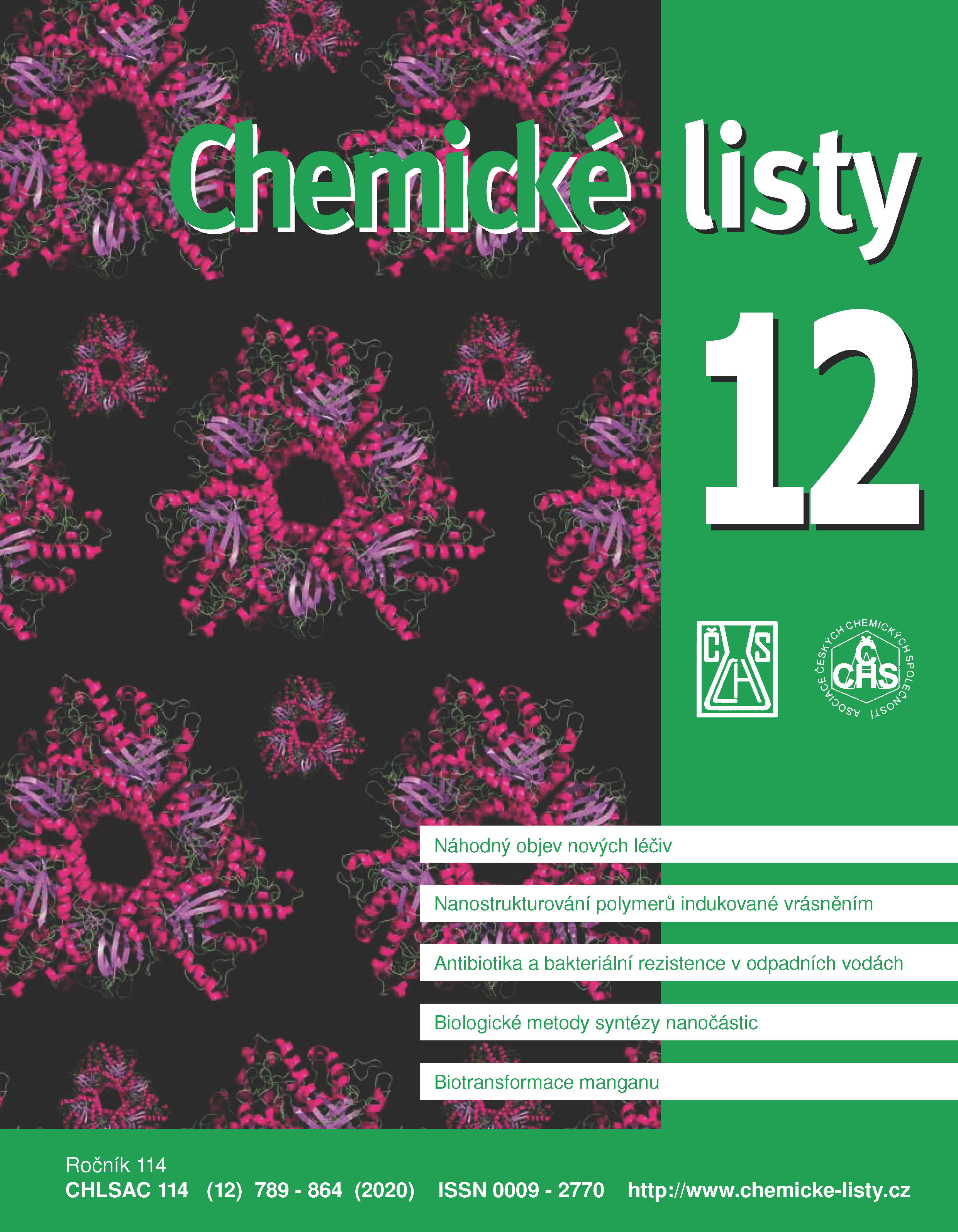Nanostructuring of Polymer Substrates by Induced Wrinkling
Keywords:
nanostructure, polymer, wrinkles, surface morphologyAbstract
In this work, the formation of self-organized nanostructures on the surface of poly(ʟ-lactic acid) (PLLA) was studied by the method of metal deposition and subsequent thermal treatment. The shape, dimensions, conductivity and other properties of the structures thus prepared can be influenced by changing the type and thickness of the sputtered metal and by modifying the substrate. It has been found that the internal stress in the polymeric film plays a critical role for the formation of wrinkle nanostructures. If this stress is absent, the permanent structure is not formed. This tension is also responsible for the directionality of the structure. Furthermore, the influence of various metals on the dimensions of the wrinkle structure was studied. The electronegativity of the metal proved to be the most important parameter. The parameters of the prepared samples can also be significantly influenced by plasma exposure of the substrate. Carbon nanolayers on PLLA were successfully applied in tissue engineering for directed cell growth.





